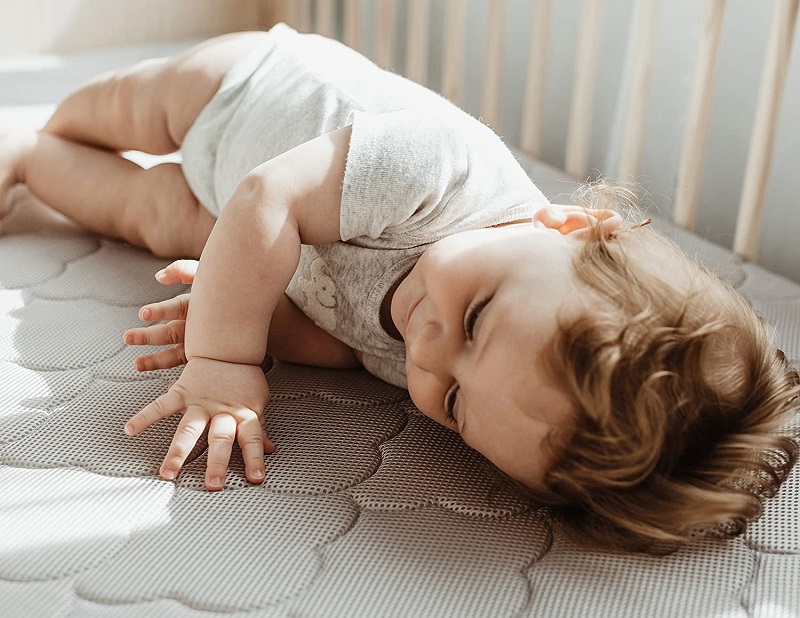Benefits of Green Roof Houses as Sustainable Design
Green roof houses offer numerous potential benefits to property owners, from improved energy efficiency and higher resale values to enhanced sustainability and lower maintenance costs. In this article, we’ll explore the many advantages of incorporating green roof design features into your home.
One of the most attractive benefits of green roof houses is their potential to reduce energy costs. By incorporating materials such as reflective rubbers and reflective paints, the sun’s heat is reflected away from the home, making it easier to heat and cool the living space. Additionally, green roofs also act as insulation, helping to maintain consistent temperatures indoors, regardless of the weather outside.
Green roof houses also offer the potential for increased value in a property. By incorporating features such as rainwater retention systems, green roof designs are increasing the sustainability of the area. Homeowners may also be able to take advantage of incentives offered by local and state governments, as well as insurance incentives, to further boost the value of their property.
Green roof houses are also notable for their low maintenance requirements. By using native plants on the green roof, homeowners can reduce water usage and increase their home’s sustainability. Additionally, since most plants on a green roof require little to no maintenance, they can provide a beautiful outdoor living area without the need for frequent maintenance.
Finally, green roof houses offer the potential for introducing nature into the home. With the integration of plants, large gardens, and other landscaping elements, green roofs can bring a unique aesthetic and a sense of tranquility to a property. They also act as an additional living space by providing a place to relax, entertain, and admire nature.
Green Roof House Design Concept for a Sustainable Future
As more homeowners focus on creating a sustainable living space, the concept of green roof designs is becoming increasingly popular. The benefits of green roof houses are undeniable; not only do such designs offer better energy efficiency and improved resale values, they also help reduce the environmental footprint of the home, making it less reliant on the city’s traditional energy sources.
The concept of green roof houses revolves around the idea of introducing vegetation and plants to the roof of a home. By using plants like shrubs, grasses, wildflowers, and trees, homeowners can effectively reduce the amount of energy needed to heat and cool the living space. Additionally, these plants help to keep a home insulated from the outside, and they can even help to reduce noise pollution.
Green roof designs also allow for the introduction of rainwater collection systems. By implementing a system to collect and re-use rainwater, homeowners can reduce their water usage and help cut down on energy costs. The system may also be used to power outdoor fountains or other decorative features that can improve the property’s aesthetic.
Additional elements of green roof designs may include green walls, energy efficient windows, and solar panels. Green walls act as additional insulation, while energy efficient windows help to keep cool air in during the summer and warm air in during the winter. Solar panels will help to offset energy costs while also providing an environmentally friendly source of power.
By combining these features together, green roof houses are a perfect example of how to create a sustainable living space. With increased energy efficiency and reduced environmental impacts, green roof designs are an excellent choice for those looking to reduce their carbon footprint.
Adopting Green Roof in Future House Design

Green roofs, also known as roof gardens , are one of the most innovative topics being discussed in house design today. By adding greenery to roofs, architects and homeowners alike are opening up the possibilities of what can be done with the exterior of one’s house. Through the use of high-tech engineering and creative design, green roofs can be both beautiful and functional. By looking to the future of home design, green roof house design is quickly becoming a popular choice among the more eco-friendly homeowners.
Advantages & Benefits

The benefits of green roofs can range from providing insulation, extending the life of the roof, and offering more aesthetic appeal to lots. They can also retain rainwater, prevent flooding, regulate temperature, provide habitat, as well as reducing noise pollution from outside the home. As more people are becoming conscious of their environmental impact, green roofs are becoming a must-have in home design and those of existing homes can be retrofitted.
Green Roof Types

When discussing green roof types, there are two basic categories: extensive and intensive. Extensive roofs are lightweight and thus require less maintenance. Intensive roofs are heavier and require more maintenance, but can support more activity. Designer green roofs are an advanced form of intensive roof that can be customized to fit the needs of the homeowner. When designed properly, roof gardens can host a variety of plants and even a woodsy area.
Green Roof Technology

The technology involved in constructing optimal green roof types has been constantly developing in the past few years. New technology being implemented includes products such as hot roofs, inverted roofs, snow retention systems, and living roofs. This means that the green roof house design can be just as strong as conventional roofing, making it sustainable in more climates and can even stand up to tornadoes in some areas.
Green Roof Materials

In order to construct the best possible green roof, a few materials are necessary. These include a roofing membrane , root barrier, waterproof membrane, vegetable-based insulation, a drainage system, and soil. These materials will ensure the roofing system holds up for a long time, while also providing a perfect environment for the plants.


















